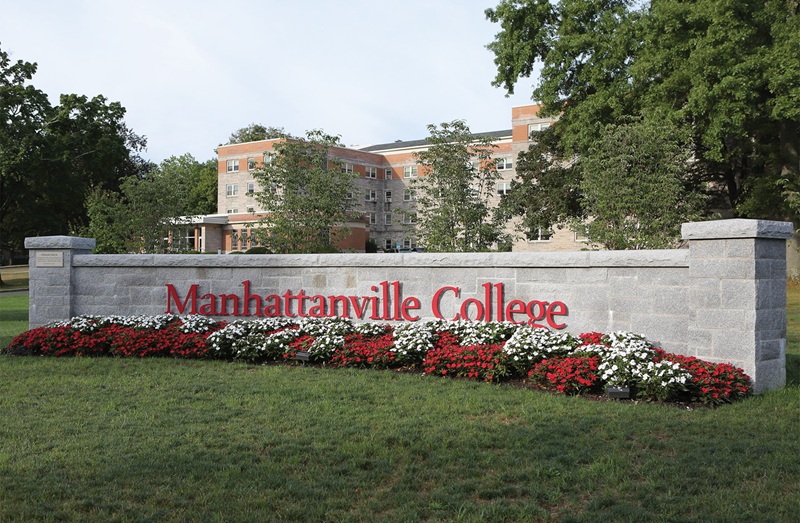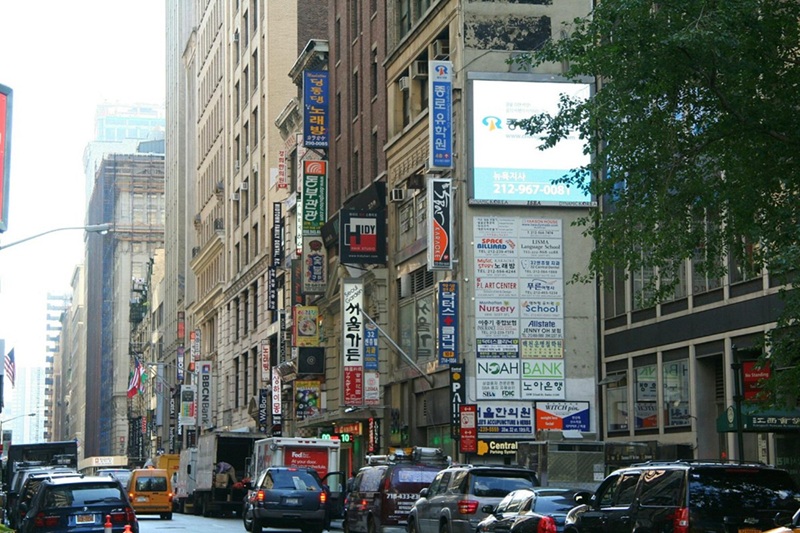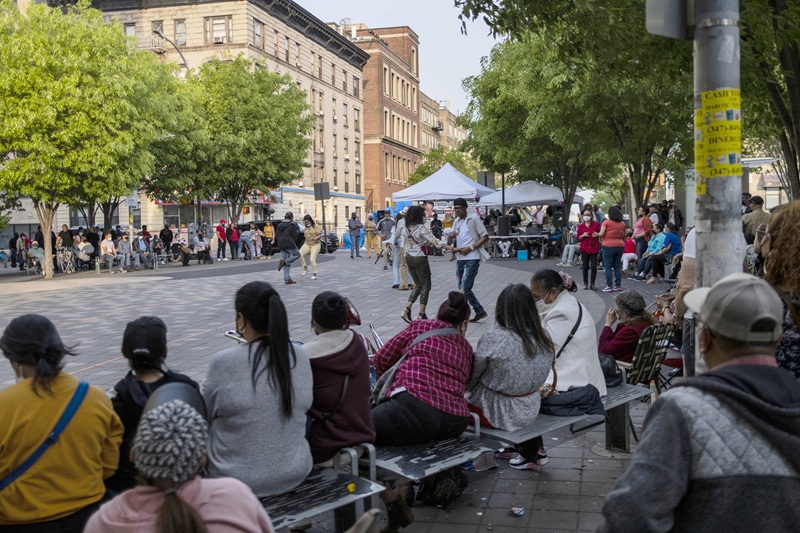
Manhattanville is a vibrant, evolving neighborhood in the heart of West Harlem, Manhattan. Historically known for its industrial roots and working-class background, the neighborhood has undergone significant transformations in recent years, becoming a hub for education, business, and residential development. From its past as an industrial district to its present role in the city’s expansion, Manhattanville is a neighborhood with deep historical roots and a bright, rapidly changing future.
1. Historical Origins and Development
Manhattanville’s history dates back to the 17th century when it was originally settled by Dutch colonists and named after the village of Van der Donck, which was established along the Spuyten Duyvil Creek. The name “Manhattanville” emerged later, in the 19th century, as the area evolved from a rural settlement to an industrial hub.
In the 19th and early 20th centuries, Manhattanville grew rapidly due to its proximity to the Harlem River and the railroad. Its waterfront became a center for manufacturing, with factories, warehouses, and docks lining the river. The neighborhood was home to a thriving industrial community that produced goods ranging from textiles to furniture. During this time, the area also became a center for working-class immigrants, particularly Italian, Jewish, and African American populations, many of whom lived in tenements or modest row houses.
2. Manhattanville’s Role in the Harlem Renaissance
Though it is often overshadowed by its more famous neighbors, such as Harlem proper, Manhattanville played an important role in the cultural and intellectual movements of the early 20th century. The neighborhood’s proximity to the larger Harlem community, which was the epicenter of the Harlem Renaissance, allowed Manhattanville to be influenced by the artistic and cultural achievements of African American artists, writers, and musicians during this period.
Although Manhattanville itself did not become the focal point of the Harlem Renaissance, the area’s working-class population contributed to the broader cultural, social, and political landscape of Harlem during this transformative time. The neighborhood’s blend of immigrant and African American communities helped lay the foundation for the vibrant and diverse culture that Harlem would become known for.
3. The Decline and Industrial Shift
By the mid-20th century, Manhattanville experienced a period of economic decline, as industry shifted out of New York City and the neighborhood’s waterfront became increasingly neglected. Factories closed, and many businesses left the area, leading to a downturn in the local economy. The neighborhood’s once-thriving docks were replaced by warehouses and vacant lots.
In the latter half of the 20th century, Manhattanville became a center of urban blight, with abandoned buildings and poor living conditions. The effects of industrial decline, coupled with a lack of investment, left the neighborhood struggling. This period of decay and stagnation spurred the need for renewal and revitalization efforts that would ultimately shape the future of Manhattanville.
4. The Rise of Columbia University’s Expansion
A significant turning point in the history of Manhattanville came with the expansion of Columbia University. In the early 2000s, the university announced plans to build a new campus in the area, marking the beginning of a major transformation for the neighborhood. Columbia’s expansion into Manhattanville is one of the most significant urban renewal projects in recent history, with the university acquiring vast swaths of land, demolishing old industrial buildings, and constructing new research centers, educational facilities, and student housing.
This development has reshaped the neighborhood’s physical and economic landscape. Columbia’s new Manhattanville campus, which spans around 17 acres, is a cutting-edge academic complex designed to foster innovation and research. The campus includes facilities dedicated to the arts, sciences, business, and health, and it has brought an influx of students, faculty, and staff into the area. This has helped to drive economic growth, increase property values, and revitalize the surrounding blocks.
5. Gentrification and the Changing Demographics
The arrival of Columbia University and the influx of new development has brought significant gentrification to the neighborhood. As new luxury residential buildings, cafes, and retail stores have been built, Manhattanville’s character has shifted. Long-time residents, many of whom are from lower-income communities, have expressed concerns about rising rents and the potential displacement of local businesses.
As Manhattanville becomes increasingly attractive to young professionals, students, and university affiliates, questions about affordability and community preservation have come to the forefront. Efforts have been made to preserve affordable housing and ensure that local residents are not pushed out as the neighborhood changes. At the same time, the neighborhood is seeing the growth of new amenities, businesses, and infrastructure, which provide both new opportunities and challenges for the community.
6. Modern-Day Manhattanville: A Neighborhood in Transition
Today, Manhattanville is a neighborhood in transition, where old industrial buildings coexist with new developments. While Columbia University’s expansion is the most visible marker of change, the neighborhood’s broader evolution is characterized by an influx of new residents, businesses, and amenities. The neighborhood’s new high-rise buildings, such as the sleek, modern Manhattanville Factory District, contrast with the more modest row houses and brownstones that line many of its streets.
One of the neighborhood’s most notable features today is its improved access to green spaces. The Harlem River Park along the waterfront has undergone extensive renovations, providing residents with open space for recreation, walking, and cycling, as well as improved waterfront access. The park serves as an important public space for the community, drawing both locals and visitors who are looking to enjoy the outdoor beauty of the area.
The neighborhood has also seen a resurgence in small businesses, including restaurants, coffee shops, and local stores. The presence of Columbia University has spurred the development of an educated, entrepreneurial population, leading to a growing number of creative spaces and services catering to the community’s evolving needs.
7. Looking Toward the Future
Looking ahead, Manhattanville’s future will likely continue to be shaped by its unique position as a neighborhood of academic, cultural, and economic significance. The ongoing development of Columbia’s campus will undoubtedly have a lasting impact on the area, attracting more students, faculty, and professionals to the neighborhood. However, efforts will need to be made to ensure that the neighborhood’s affordability, accessibility, and diversity are maintained.
Manhattanville’s evolution is a microcosm of New York City’s broader transformation, with a balancing act between progress and preservation. As the neighborhood continues to grow and change, it remains a vital part of the city’s history, with new chapters still being written.
Manhattanville is a neighborhood that has seen dramatic shifts over the course of its history, from an industrial center to a booming academic district. Today, it is a neighborhood where old and new coexist, as Columbia University’s expansion breathes new life into the area while challenges like gentrification remain. As the community continues to navigate these changes, Manhattanville stands as a testament to New York’s ever-evolving identity—where history, culture, and development intersect in ways that shape the city’s future.

